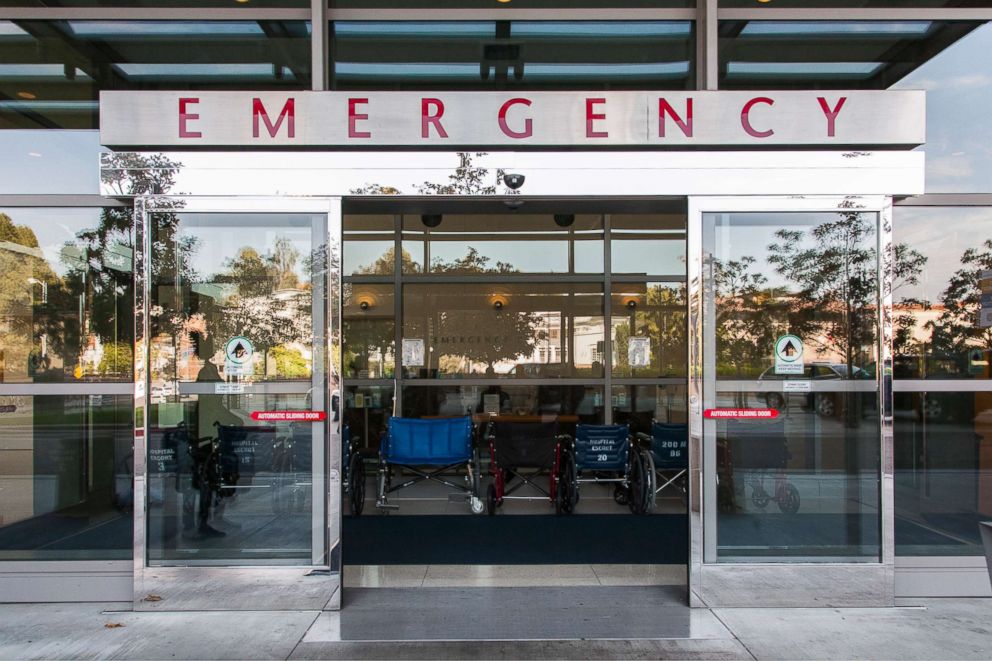Antibiotic side effects in kids lead to nearly 70,000 emergency room visits each year
Antibiotics are among the most commonly prescribed medications for U.S. kids.
Antibiotics are among the most commonly prescribed medications for children in the United States, but new research shows that they sometimes cause more harm than good.
In a study supported by the Centers for Disease Control and Prevention (CDC), the authors used nationwide estimates for outpatient antibiotic prescriptions and data from a nationally representative sample of emergency room visits, all looking at the use of antibiotics by those under the age of 19.
From 2011-2015, reactions and other side effects from antibiotics led to an estimated 70,000 ER visits each year. Most visits, 86 percent, were for allergic reactions which ranged from mild, the most common (rash, itching) to moderate and severe (anaphylaxis, angioedema, severe swelling beneath the skin).
The risk of an ER visit also varied by the child's age and the type of antibiotic. Children aged 2 or younger carried the highest risk of a side effect, with 41 percent of visits involving children in this age group. Amoxicillin, Amoxicillin and sulfamethoxazole/trimethoprim, both commonly prescribed antibiotics, were the most implicated in side effects among children aged 9 or younger and 10-19, respectively.
“For parents and other caregivers of children, these findings are a reminder that while antibiotics save lives when used appropriately, antibiotics also can harm children and should only be used when needed,” lead author Maribeth C. Lovegrove, MPH, Division of Healthcare Quality Promotion, Centers for Disease Control and Prevention, said in a press release. “For healthcare providers, these findings are a reminder that adverse effects from antibiotics are common and can be clinically significant and consequential for pediatric patients.”

Many antibiotics are overprescribed
Nearly a third, if not more, of outpatient pediatric prescriptions for antibiotics, are unnecessary, according to the CDC.
Why does this occur?
Previous research suggests that parents and caregivers often overestimate the benefits of antibiotics, so they want and ask for antibiotic treatment. Doctors see those expectations and, coupled with a concern for parent/patient satisfaction, might overprescribe.
While this study did provide a sense of how often antibiotics cause adverse effects, the authors caution that it likely underestimates the problem. After all, the analysis only included side effects that resulted in an ER visit.
Dr. Michael Russo, a pediatric infectious disease specialist at the Children’s Hospital of Philadelphia, told ABC News he agreed with that analysis.
“This is only the tip of the iceberg," Russo said. "The study only includes children that went to the ER, not those who went to an urgent care, doctor’s office, or suffered at home.”
How to prevent overprescribing
Efforts to reduce antibiotic overprescribing have largely focused on the long-term benefits of reducing antibiotic resistance rather than the short-term risks of side effects, according to the authors.
A focus on antibiotic resistance might not help change prescribing behavior, as inappropriate prescribing and antibiotic resistance are often perceived as external problems, caused by other doctors. Instead, these authors advise that focusing on immediate risks to individual patients may have a bigger effect.
“By considering available data on the immediate risks to individual patients, clinicians, and parents and caregivers can better weigh the risks and benefits of antibiotic treatment,” Lovegrove said.

Potential next steps
A recent study showed that 78 percent of parents did not recall any discussions of possible antibiotic harms during their child’s last doctor visit for an acute respiratory infection.
However, a majority of parents would have liked to receive this information when antibiotics were prescribed. Communicating information on antibiotic side effects to parents and caregivers might help lessen the demand for or expectation of antibiotic treatment, according to research.
“I hope that pediatricians and all providers who prescribe antibiotics to children, provide counseling to patients and their families about the potential adverse effects from taking antibiotics," Russo said. "We should be selective about which ones we use when we use them, and how long we use them for."
The authors hope that the availability of detailed, nationally representative data on antibiotic risks and the patient populations at the highest risk, young children, might help clinicians continue to reduce unnecessary prescribing.
“I think we should use this study as a motivation for continued dialogue between families and their health care provider about when an antibiotic is truly needed,” Russo said.
For more information on initiatives to improve antibiotic prescribing see the CDC’s “Be Antibiotics Aware: Smart Use, Best Care” educational program and the American Board of Internal Medicine Foundation’s “Choosing Wisely” series of recommendations by health care professional societies.
Ryan Guinness, M.D., M.P.H., is an internal and preventive medicine resident physician, currently working for the ABC News Medical Unit.




